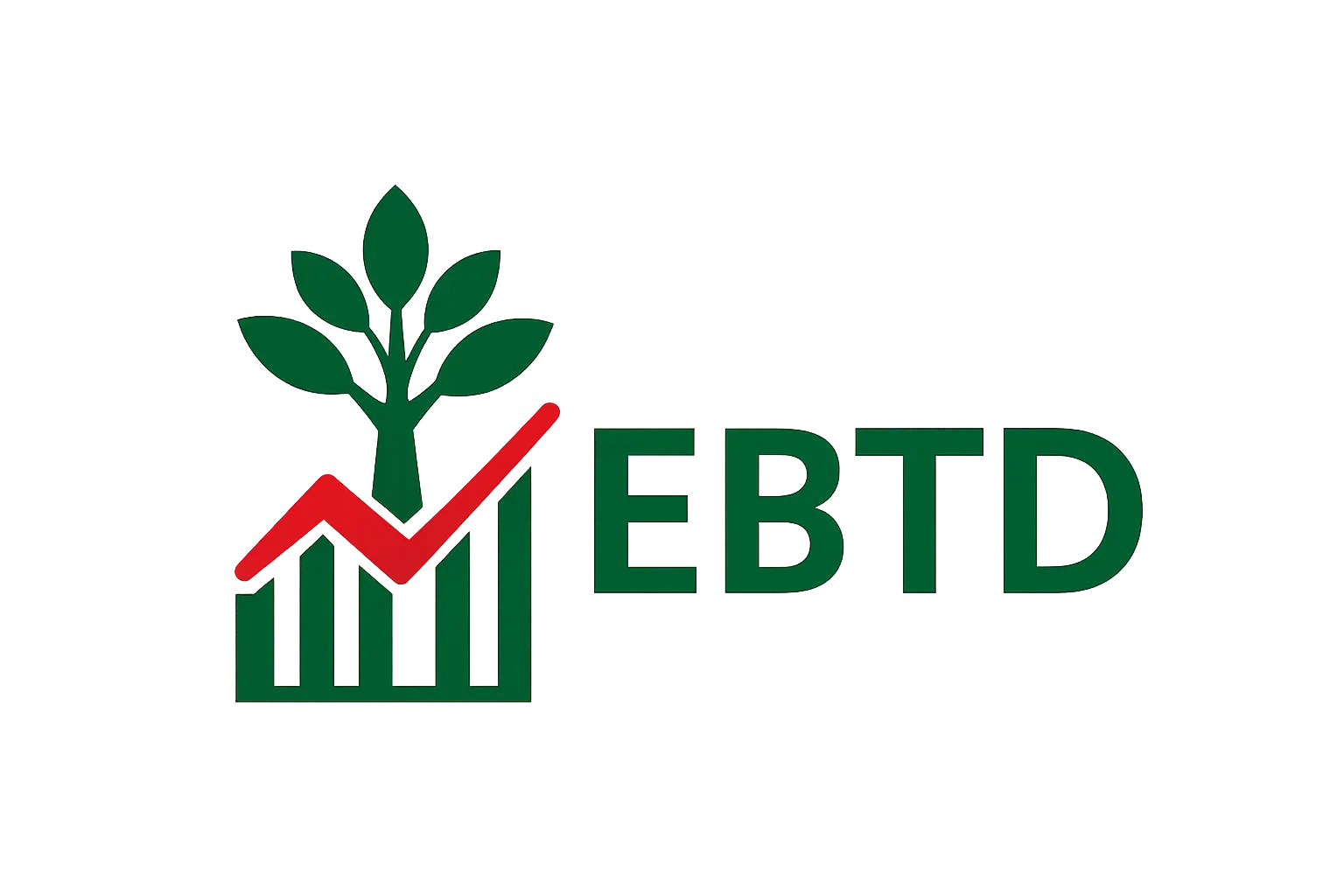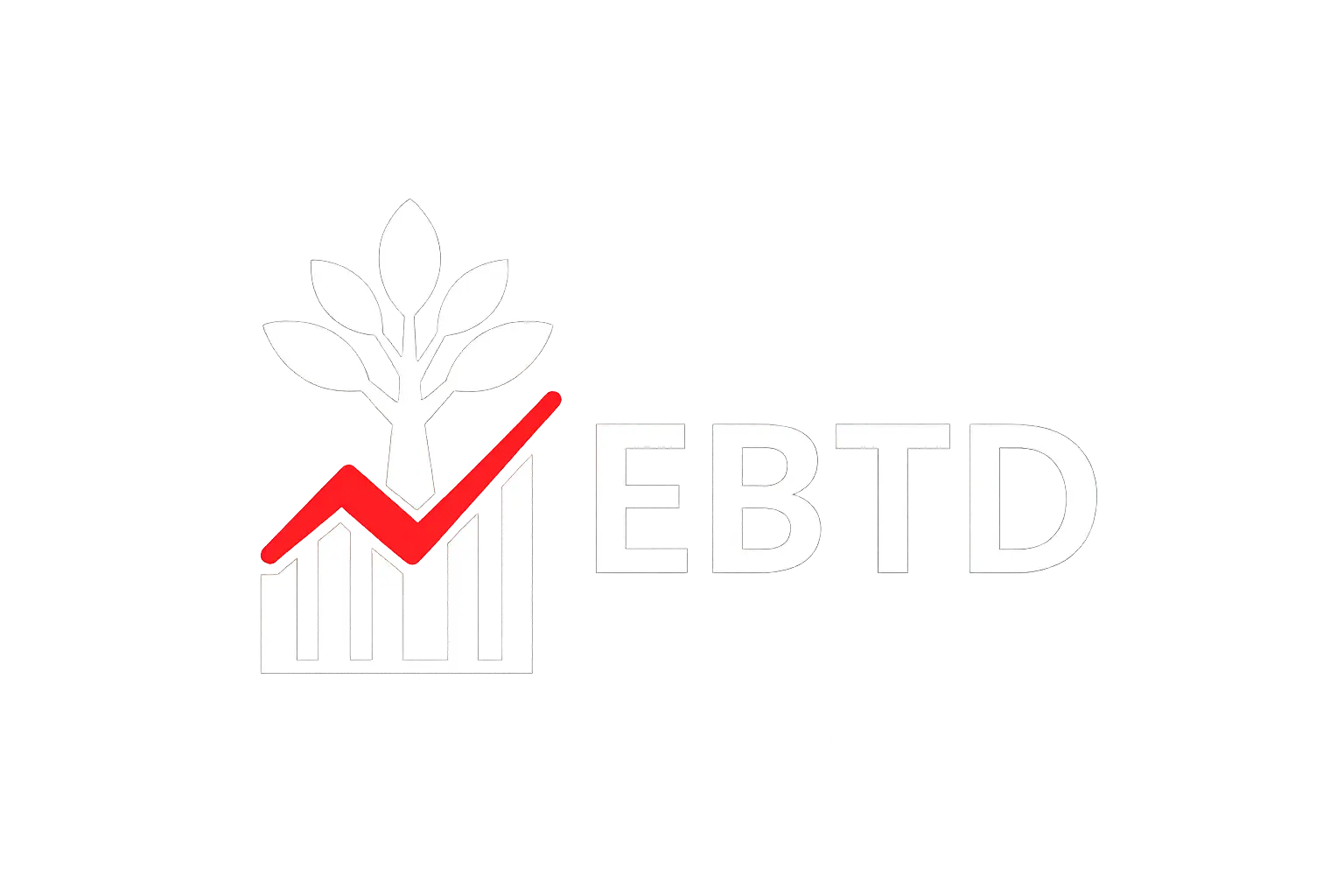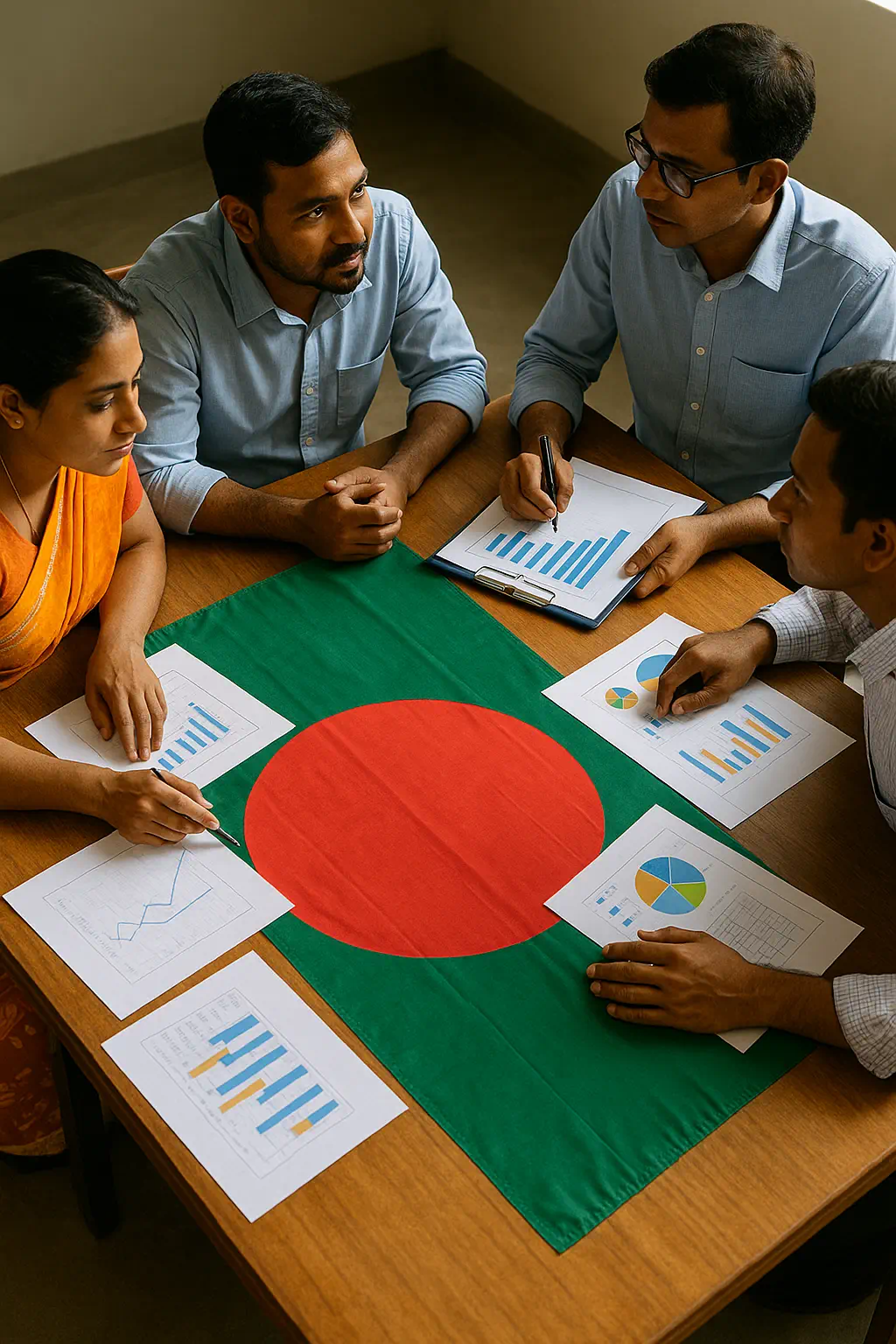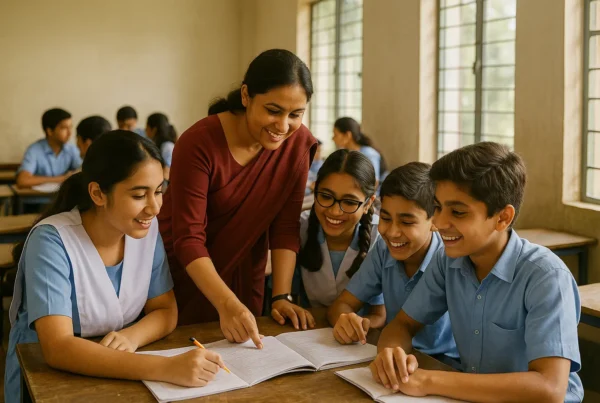A Year in Bangladeshi Classrooms: What the Latest Evidence Really Shows (2024–25)
Across Bangladesh, thousands of teachers wake up every morning determined to make learning better. Yet behind that commitment lies a more complicated reality: heavy workloads, exam pressure, uneven leadership, and classrooms that are often too crowded, too hot, or too resource-poor for the teaching we want to see.
Over the past year, several research studies have shed new light on what is actually happening inside Bangladeshi schools. From leadership to workload to classroom practice, a clearer picture is emerging. This blog summarises those findings and explores what they mean for teachers, leaders, and policymakers.
1. Leadership: Hierarchy still dominates, but change is possible
One of the clearest messages from recent research is that Bangladeshi school leadership remains highly hierarchical. Decision-making typically flows top-down, and teachers often feel their professional judgement carries little weight.
“Teachers described their schools as ‘hierarchical by default’, with decisions moving downwards but rarely back up.”
Dhaka-based qualitative study on teacher collaboration, 2025In that same study, collaboration was described as happening “in pockets, not as a school culture”. Yet the research also showed what is possible when leaders shift from command-and-control to something closer to transformational leadership. When heads model trust, share responsibility, and encourage joint planning, teachers respond with higher motivation, deeper collaboration, and more consistent practice. As one teacher put it, when leaders started trusting staff, it “changed everything about how we work together”.
These are not expensive interventions. They are cultural ones. But without formal leadership development, especially for new and aspiring heads, these practices will remain the exception rather than the norm.
“Female heads reported that the title of leader was often given without the authority or autonomy needed to drive real change.”
Study on women’s leadership in primary education, BTEJ 2024Research on women in primary leadership adds another layer: some female heads reported they were given the title of leader without the autonomy needed to drive real change. One described her role as “leading from the middle, without being recognised at the top”.
If Bangladesh wants more collaborative, learning-focused schools, leadership development cannot be an optional extra.
2. Teacher workload and working conditions: The structural problems that do not go away
Perhaps the strongest message of the year’s evidence is simple: Bangladeshi teachers work in environments that are often structurally stacked against them.
A 2025 review of national and international literature outlined the daily pressures teachers face:
- Overcrowded classrooms that make questioning, feedback, and differentiation extremely difficult.
- Limited resources, including textbooks, devices, reliable electricity, and basic classroom materials.
- Low pay and restricted career progression, which erode morale and retention.
- Increased responsibilities after COVID-19 and during climate disruptions such as floods, cyclones, and extreme heat.
- A heavily exam-driven system that pushes teachers towards coverage and rote preparation rather than deeper understanding.
“Large class sizes were repeatedly named as the single biggest barrier to effective teaching.”
“Teachers stressed that workload was less about hours and more about conditions that make good practice almost impossible.”
Review of teachers’ working conditions in Bangladesh, 2025One teacher summed it up as “a mismatch between what we know and what we can do”. Rural teachers described resource shortages as “teaching with half the tools for the full job”. At the same time, the pressure to prepare students for high-stakes exams forces even motivated teachers back into routine coverage and drilling.
In other words, workload is not only about how busy teachers are. It is about whether the system creates the space and conditions for them to do what they know is right for their students.
3. Teacher training and professional development: Demand is high, supply is inconsistent
The past year’s studies consistently highlight a gap between the professional development (PD) teachers want and the training they actually receive.
Recent findings show:
- Teachers highly value training on technology use, inclusive teaching, formative assessment, and classroom differentiation.
- Much PD is still short, lecture-based, and disconnected from everyday classroom realities.
- Access remains uneven: rural teachers face travel costs, scheduling barriers, and limited follow-up support.
- There is strong demand for school-embedded, ongoing models—professional learning communities, coaching, and peer observation—rather than one-off workshops.
“Most teachers said they attend training only when something urgent or mandatory is announced.”
“One teacher described current PD as learning for the day, not learning for the job.”
Study of primary teachers’ PD needs in low-resource contexts, 2025Across the research base, teachers emphasised that workshops fade quickly without follow-up. They called for mentoring or coaching that helps them apply ideas in their own classrooms, with their own students and constraints. ICT training is highly valued but often “too advanced for the equipment actually available” in their schools.
The evidence is clear: there is appetite for professional growth. The system is not yet meeting it.
4. Classroom practice: Islands of innovation in a sea of constraints
Research on classroom practice presents a more mixed picture. There are encouraging signs—teachers experimenting with task-based learning, providing more dialogic feedback, and integrating content and language more effectively. But these examples remain the exception.
Across studies:
- Teachers understand the value of active learning and higher-order questioning, yet crowded rooms and exam pressure push many back to lecture and drill.
- Approaches such as Task-Based Language Teaching (TBLT) and Content and Language Integrated Learning (CLIL) are shown to boost motivation and comprehension, but require more time, training, and policy alignment than most schools currently provide.
- Feedback practices are evolving, especially among experienced teachers, who increasingly use more holistic, developmental written feedback.
- Inclusive practices are improving slowly, but most teachers still report insufficient training and resources for supporting learners with disabilities or diverse backgrounds.
“Students responded with greater motivation when tasks were meaningful and connected to real content, but teachers said these approaches were hard to sustain under exam pressure.”
TBLT/CLIL study in secondary English classrooms, 2025A study of university writing instructors found that experienced teachers tended to see written feedback as “a dialogue, not a correction”, while novice teachers often saw it as “proof of doing the job”. Many novices felt pressure to give direct, line-by-line error correction because students “expect to see where they went wrong”, even when they knew this might not be the most powerful approach for learning.
“Teachers understood the policy of inclusion but described classroom realities as far behind the documents.”
Study of classroom practices of social inclusion, BTEJ 2024On inclusion, secondary teachers reported that they understood the policy direction, but classroom realities were still far behind the documents. In many cases, inclusion meant basic seating adjustments or informal help rather than systematically adapted tasks and assessments.
Taken together, the evidence suggests that innovation is happening—but it is happening despite the system, not because of it.
5. What this means for Bangladesh in 2025 and beyond
Taken together, this year’s research paints a picture that is both challenging and hopeful.
The challenges are structural: workload, class size, resources, incentives, and leadership capacity. Teachers know what good practice looks like. Many are trying to deliver it every day. But the system does not yet create the conditions for it to flourish at scale.
The hope lies in three areas:
- Leadership that empowers teachers, not just manages them.
- Professional development that is sustained, practical, and school-based.
- Policies that reduce workload and create space for genuine pedagogy, not just exam preparation.
Bangladesh has an increasingly young teaching workforce, a growing ecosystem of training providers, and a national policy direction that recognises competency-based learning. The research from the past year shows that progress is possible—but only if system design, school leadership, and classroom realities are addressed together.
References
- Debnath, B. (2025). School leadership approach to teacher collaboration: A qualitative investigation in the secondary school context of Bangladesh. European Journal of Educational Management, 8(3), 185–200. https://doi.org/10.12973/eujem.8.3.185
- Ullah, R. (2025). Challenges faced by teachers in the current educational system in Bangladesh. [PDF]. Retrieved from ResearchGate: https://www.researchgate.net/publication/394416003_CHALLENGES_FACED_BY_TEACHERS_IN_THE_CURRENT_EDUCATIONAL_SYSTEM_IN_BANGLADESH
- Rahman, M. S., & Siddik, M. A. (2025). Need for teachers’ professional development in a low-resource context during and after COVID-19 (primary sector, Bangladesh). [PDF]. Retrieved from ResearchGate: https://www.researchgate.net/publication/358867619_Need_for_Teachers%27_Professional_Development_in_a_Low-Resource_Context_During_and_After_COVID-19
- Alam, M. Z. (2025). Shaping written corrective feedback perspectives and practices: Comparing novice and experienced EAP instructors of English for academic purposes in Bangladesh. Language Testing in Asia, 15, Article 58. https://languagetestingasia.springeropen.com/articles/10.1186/s40468-025-00390-9
- [Anonymous]. (2025). An analytical study of the impact of TBLT and CLIL on educational policies and quality enhancement in secondary education of Bangladesh. Journal of Social Science, 2025. Retrieved from: https://brur.ac.bd/storage/publishJournal/2025/Sep/an-analytical-study-…_1758711539_282.pdf
- Sultana, N., & Hasan, M. J. (2024). Classroom practices of social inclusion according to the acts and policies of secondary level education in Bangladesh. International Journal of Research and Innovation in Social Science (IJRISS), 8(11), 2804–2818. https://doi.org/10.47772/IJRISS.2024.8110215
- [Anonymous]. (2024). Struggle and success of women leadership in primary education sector of Bangladesh. Bangladesh Teacher Education Journal (BTEJ), Vol. 4. Retrieved from: https://www.researchgate.net/publication/388497767_Bangladesh_Teacher_Education_Journal_BTEJ_December_2024/download
If you would like the detailed references used for this article—including links to all studies—just let me know and I can share a full reading list.
If you found this useful, join the EBTD newsletter for monthly, research-backed tips, free classroom tools, and updates on our training in Bangladesh—no spam, just what helps. Sign up to the newsletter and please share this blog with colleagues or on your social channels so more teachers can benefit. Together we can improve outcomes and change lives.





